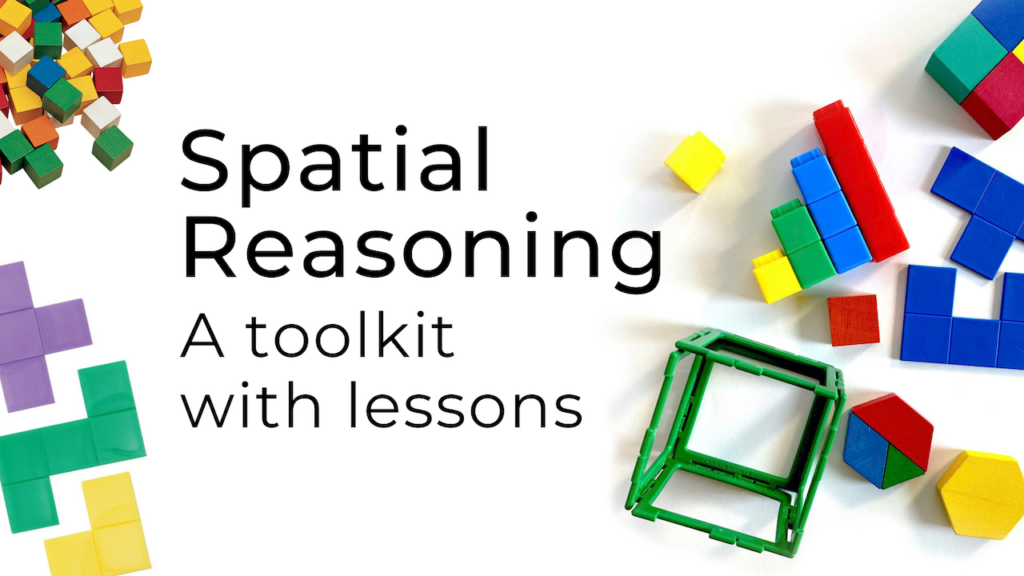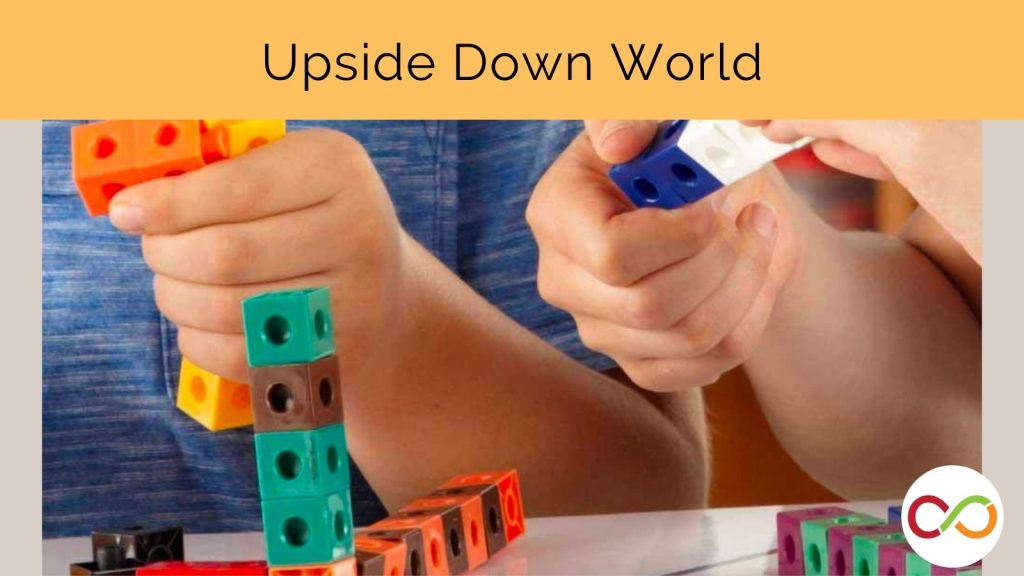Block Party
Primary (Age 6 – 9)
Curriculum Goal
Primary: Geometry and Spatial Sense
- Give and follow multistep instructions involving movement from one location to another, including distances and half- and quarter-turns.
Context
- Two to four students work together in person or in an online space. If necessary, students can play this game on their own.
Materials
In-person version
- Grid (Appendix A)
- Letter and number six-sided dice
- Seven pegs (Appendix B)
- Eight coloured shapes (Appendix B)
Online version
- Letter dice:
- Right corner, click on ‘settings arrow’.
- Click on the letter arrow and click on ‘custom’.
- Add in letters A to F.
- Number dice
- Jamboard
Lesson
- The goal is to collaboratively place every shape on the board around the pegs.
- Each player rolls the letter and number dice and places a peg on the appropriate coordinate on the board. (e.g., if the player rolls a two and a C, they will place a peg on C2.)
- Continue this until the seven pegs have been added to the grid. Players cannot move the pegs once they have been placed.
- Players then take turns flipping, translating and rotating the shapes as many times as they would like to fit them on the board, in spots where they don’t overlap with any other peg or shape.
- When students have been successful in filling their board, they can remove the pegs and shapes and try again.
Look Fors
- Can the students effectively interpret the letter and number on the dice and then translate that to a coordinate on the board?
- Are students using different strategies to fit the pieces on the board? Are they rotating, translating and flipping the pieces?
Extension
- Challenge students to verbally explain to a partner where and in what position to place a specific shape.
- Provide students a defined number of flips, rotations and translations.
- Have one student to fill their board and then use directional language to direct their classmate to fill their board the same way. Students cannot look at each other’s board until they both agree they are finished.
Created by Maria Kollias. Adapted by The Robertson Program.
Share this lesson
Share on facebook
Share on twitter
Share on email



